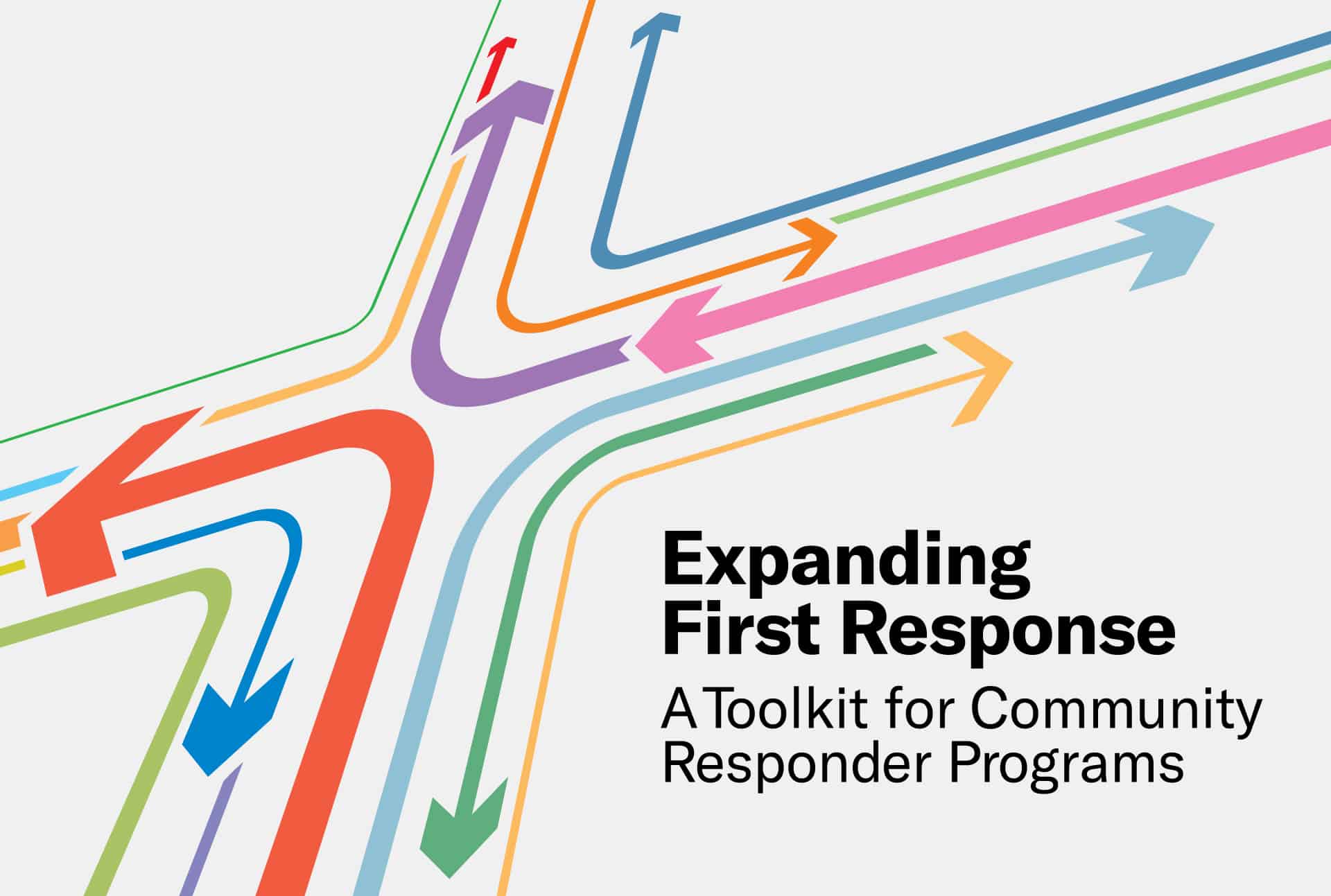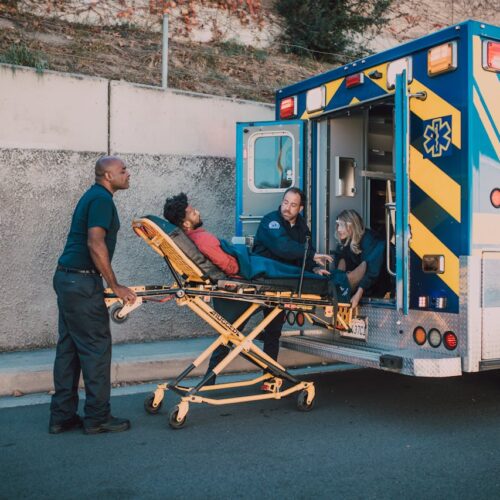
Local Legislation as a Pathway to Building Community Responder Programs
Many communities are reimagining their approach to public safety by investing in community responder programs that position health professionals and community members trained in crisis response as first responders. As local governments work to establish and maintain these programs, one strategy they can consider is passing local legislation that offers dedicated funding and support.
Local legislation allows community responder programs to be tailored to community needs, and it can give mayors and local officials the direct ability to incentivize and fund getting programs off the ground. Additionally, forming community responder programs through local measures can be easier than other options, such as state legislation, which may take longer to get passed and create some additional reporting and coordination expectations. A local approach also lends itself well to incorporating the input of community members, making it possible for people with firsthand experience with the behavioral health, justice, and housing systems to have a say in program design.
Politics can pose a barrier to funding new programs through local legislation, however. If not initially championed by community advocates, local officials may face pushback from community members. They may also struggle to obtain buy-in from law enforcement or emergency medical services if they have concerns about the safety and efficacy of such programs. Thankfully, some jurisdictions have successfully navigated these challenges and can provide practical examples for other jurisdictions looking to determine what works best for their community.
Below are three communities that have advanced local legislation to build community responder programs.
Anchorage, Alaska: Mobile Crisis Team
With support from the Anchorage police and fire departments, which recognized the importance of using a community responder approach to assist with the burden of handling more than 7,300 mental-health related calls a year, the Anchorage Assembly passed legislation in 2021 to fund the city’s first mobile crisis team (MCT). The assembly included funding for the program in the 2021 city budget, using revenue from the passage of a 2020 alcohol tax. An added advantage of funding the MCT at the municipal level is that the program is insulated from state budget cuts.
Yet to be officially launched, the MCT will operate through the fire department and coordinate with the police department as needed to dispatch calls for service. Instead of sending a police or fire response to behavioral health crises, the MCT will dispatch a licensed, master’s level mental health clinician and a paramedic to the scene.
Berkeley, California: Specialized Care Unit
In Berkeley, CA, local and national calls for racial justice around police reform led each city councilmember to design a proposal for the development of a community responder program. Aspects of these proposals were then blended into one omnibus measure brought by Mayor Jesse Arreguín, which included allocating funding to analyze and develop a pilot specialized care unit (SCU). The pilot community responder program will send trained crisis response workers to address 911 calls that an emergency dispatcher has evaluated as non-criminal in nature, such as mental health and substance use crises that pose no threat to public safety.
Berkeley is the first city in California to use a composite of several proposals to reduce the number of interactions between the community and police, with the establishment of the SCU as part of the package.
New Haven, Connecticut: Community Crisis Response Team
New Haven is partnering with the Connecticut Mental Health Center to develop a crisis response team, which will send trained social workers and health care experts to respond to certain 911 calls that relate to mental health, substance use, and homelessness. Mayor Justin Elicker and a host of top city officials announced the crisis response team proposal after the murder of George Floyd. Among the leaders who backed the proposal were the police and fire chiefs and the head of the Public Safety Communications Department, which handles 911 calls. In addition to the national context driving the momentum behind alternatives to police, a review of New Haven’s 2019 emergency dispatch data further demonstrated the need to create a community responder program. According to that analysis, up to 11,000 dispatches could have been diverted to crisis response instead of law enforcement.
As a first step, committee alders unanimously endorsed transferring city funds to a study of potential community responder models. New Haven’s Community Services Administration received $100,000 to implement the study, after which the city joined with the Mental Health Center to run the planning phase to identify funding streams and service providers, as well as gather community input. Mayor Elicker then formed a partnership with House Appropriations Committee Chair Rosa DeLauro, who secured $2 million for the program through the 2022 Commerce, Justice, Science, and Related Agencies funding bill. In September 2021, the Board of Alders approved the creation of the Department of Community Resilience, which was requested by Mayor Elicker. This new department will include the community crisis response team initiative along with reentry, homeless outreach, and community development initiatives.
These three communities are standout examples, but there are many options for community responder programs nationwide, and local communities are approaching the planning, development, and legislation processes differently.
To learn more about community responder programs, visit Expanding First Response, a toolkit that serves as a central hub for states and local communities looking to establish or strengthen community responder programs.
About the author

In response to growing calls for police reform in New Jersey, particularly following the shootings of Najee Seabrooks…
Read More Three Things to Know About New Jersey’s Groundbreaking Community Response Legislation
Three Things to Know About New Jersey’s Groundbreaking Community Response Legislation
In response to growing calls for police reform in New Jersey, particularly following the shootings of Najee Seabrooks and Andrew Washington in March and August 2023, a coalition of law enforcement officials, mental health professionals, and community advocates partnered to explore public safety response alternatives.
Read More Apply Now: Join a Learning Community for Community and Crisis Response Teams to Improve Responses to Youth
Read More
Apply Now: Join a Learning Community for Community and Crisis Response Teams to Improve Responses to Youth
Read More
 Apply Now: Join a Learning Community Focused on Substance Use and Overdose Community Response Programs
Read More
Apply Now: Join a Learning Community Focused on Substance Use and Overdose Community Response Programs
Read More













